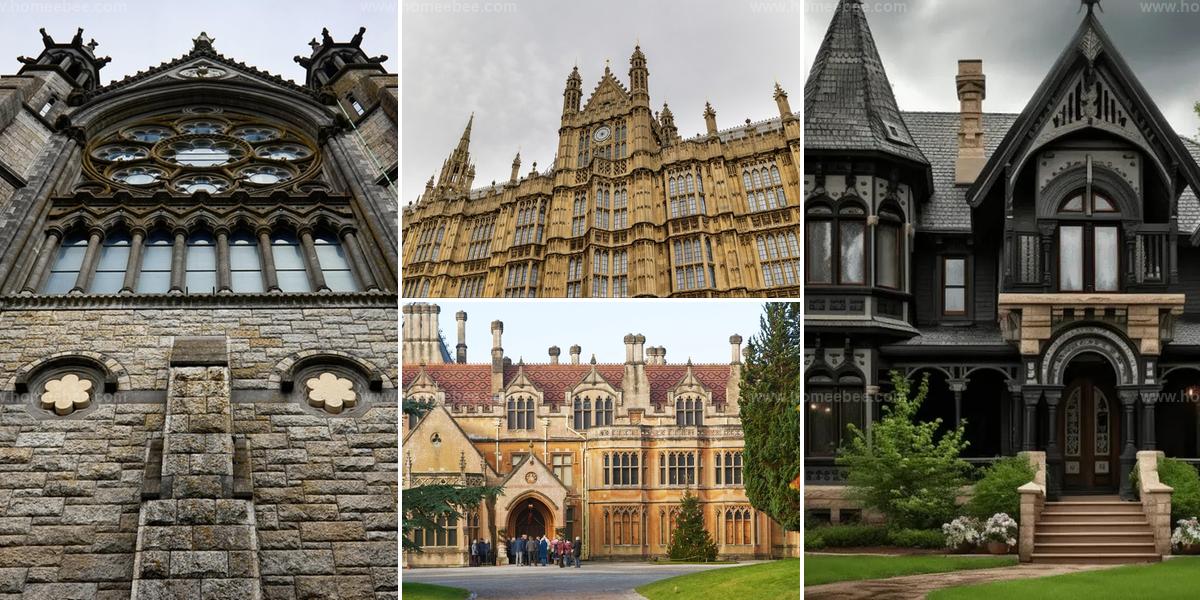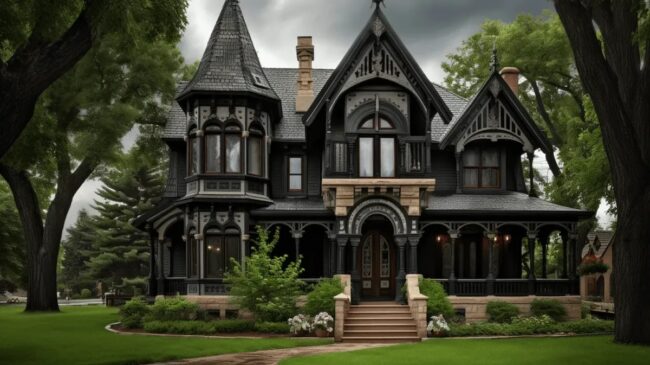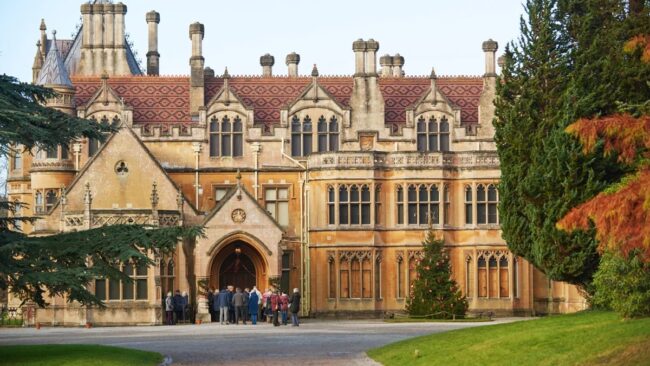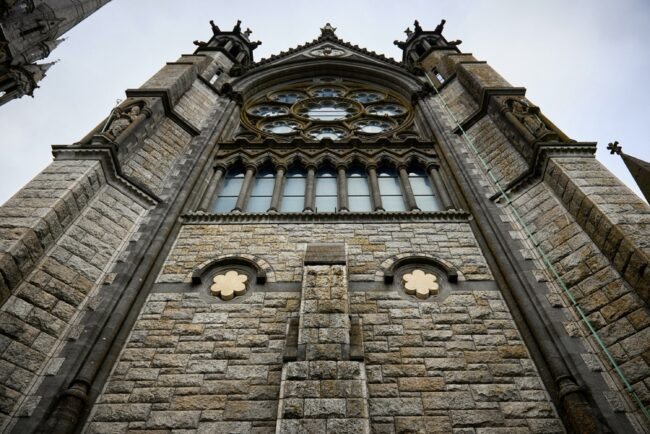Defining Gothic Revival Architecture and Its Dramatic Influence
Gothic and medieval architecture captivates with its striking designs that soar upwards, reflecting both beauty and historical significance.
Exploring this topic unveils the origins of these remarkable styles, showcasing key moments in their evolution across different regions.
I’ll delve into notable architects who shaped this movement and highlight their iconic works that continue to influence modern design.
The enduring legacy of the Gothic Revival invites admiration for its artistic complexity and cultural impact on our built environment.
Gothic Revival: Where It All Began
The Gothic Revival emerged in the late eighteenth century, rooted in a desire to challenge the strict and rational designs of Neoclassical architecture.
This style found its inspiration in the majestic Gothic cathedrals and churches from medieval Europe.
Architects and artistic visionaries during this era championed Medieval revivalism, asserting that Middle Ages design offered a more spiritual and aesthetically pleasing alternative to classical forms that had long prevailed.
Their appreciation for these historic styles led to innovative structures echoing the grandeur of their predecessors while reshaping architectural narratives of their time.
Key Features of Gothic Revival Architecture
Gothic Revival architecture brings the charm of medieval designs into more recent buildings. This style has several key features:
How Gothic Revival Varies Across Different Regions
Gothic Revival architecture is a movement that swept across Europe and America, reshaping design principles in various regions. Characterized by its historical influences, this style was notably championed by key figures like Augustus Pugin from the UK and Eugène Viollet-le-Duc of France.
In the United States, Gothic Revival manifests prominently in numerous churches, educational institutions, and government buildings. The Smithsonian Institution Building in Washington D.C. stands out as an iconic representation of this architectural trend.
Its intricate details reflect both grandeur and artistry rooted deeply in history while captivating modern audiences with its timeless appeal.
Famous Architects and Iconic Gothic Revival Buildings
Augustus Pugin stands out as a pivotal figure in the Gothic Revival movement, especially noted for his design of the Palace of Westminster's interior in London.
The Houses of Parliament exemplify this architectural style with its majestic tower and grand, ornate windows that reflect traditional Gothic elements.
Another notable structure showcasing these features is Notre-Dame Basilica in Montreal, Canada; its exquisite stained glass and elaborate interior details highlight the intricate craftsmanship typical of Gothic Revival architecture.
These masterpieces not only capture historical aesthetics but also inspire admiration through their remarkable designs and artistry.
Religious vs. Secular Gothic Revival Architecture
Gothic Revival architecture, inspired by medieval designs, appears in both religious and secular buildings. While they share common features, each serves different purposes and displays unique characteristics:
Religious Gothic Revival Architecture
Churches and cathedrals in this style aim to inspire reverence and reflect spiritual ideals:
Secular Gothic Revival Architecture
Non-religious buildings, such as universities, government offices, and homes, also adopted Gothic Revival elements to convey prestige and tradition:
Gothic Revival’s Lasting Impact on Design
Gothic Revival architecture stands as a testament to the rich history of design, showcasing intricate details and dramatic elements that captivate the imagination. This movement has significantly influenced Arts and Crafts and Art Nouveau styles, leaving an enduring mark on both buildings and interiors.
Numerous Gothic Revival structures have been restored, serving as living monuments that reflect the artistry of their time while preserving cultural heritage. Today’s architects draw inspiration from these remarkable designs, ensuring their elegance continues to resonate for years ahead.
The lasting appeal of these sites lies not just in aesthetics but also in their connection to our shared past.
Final Reflections on Gothic Revival Style
Gothic Revival architecture and design styles stand as a testament to the exceptional skills of the architects and designers behind them.
These remarkable structures, with their intricate details and soaring forms, reflect an era where craftsmanship was paramount.
Today, centuries after their creation, these buildings remain unmatched in their distinctiveness and serve as enduring symbols of a time when architecture transcended mere aesthetics to embody nobility in profession.
Their legacy continues to inspire appreciation for both artistry and dedication within this field.





Alex Johnson
Home Decor Specialist & Content Creator
Expertise
Room Makeovers, DIY Home Projects, Budget-Friendly Decorating, Seasonal Decor Trends
Education
The Interior Design Institute, USA
New York Institute of Art and Design
Alex Johnson is a home decor specialist and content creator who believes that every space should reflect its owner’s unique personality. With a Diploma in Interior Design from The Interior Design Institute and a Certificate in Home Staging from the New York Institute of Art and Design, Alex focuses on making home styling fun, affordable, and accessible.
At Homee Bee, Alex provides room makeover ideas, DIY decor solutions, and budget-friendly styling tips to help readers transform their homes with confidence. Whether it’s seasonal decor trends, thrift store finds, or smart space-saving tricks, Alex’s approach is all about creating beautiful, functional spaces that feel truly personal.